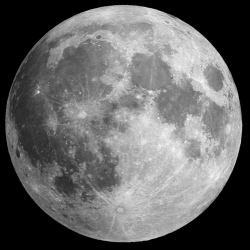
A story in Popular Science suggested that NASA has a plan to “terraform” part of the moon. The term is more than a little misleading, as it implies making a portion of the moon livable for humans. The actual plan, being funded by the space agency as part of NASA’s Innovative Advanced Concepts (NIAC) Program is exciting nevertheless.
The idea is to deploy reflectors around the rim of the Shackleton Crater, a region at the moon’s South Pole where ice is thought to exist in permanent shadows. The reflectors would focus light onto select areas to provide power for robotic explorers. In this manner, the robots would not have to be equipped with protection against the cold inside the crater and would not have to be powered by plutonium. Temperatures inside the shadowed regions of Shackleton plunge to minus 280 degrees Fahrenheit.
Shackleton Crater is considered prime lunar real estate because of the ice. Ice can be used to provide water for future lunar settlements. The ice can also be refined into liquid hydrogen, and liquid oxygen, rocket fuel, which would turn the moon into a refueling stop for spacecraft headed to deep space, destinations such as Mars or asteroids.
The strategy would be to send rovers into Shackleton, powered by the reflected solar light, and set up a kind of base of operations within the crater. Then the rovers would make forays into the darkened regions under battery power to prospect for ice. They would return to the illuminated spots to warm up and recharge. Later, the same arrangement would be made for mining robots, extracting the ice for use by human settlers.
